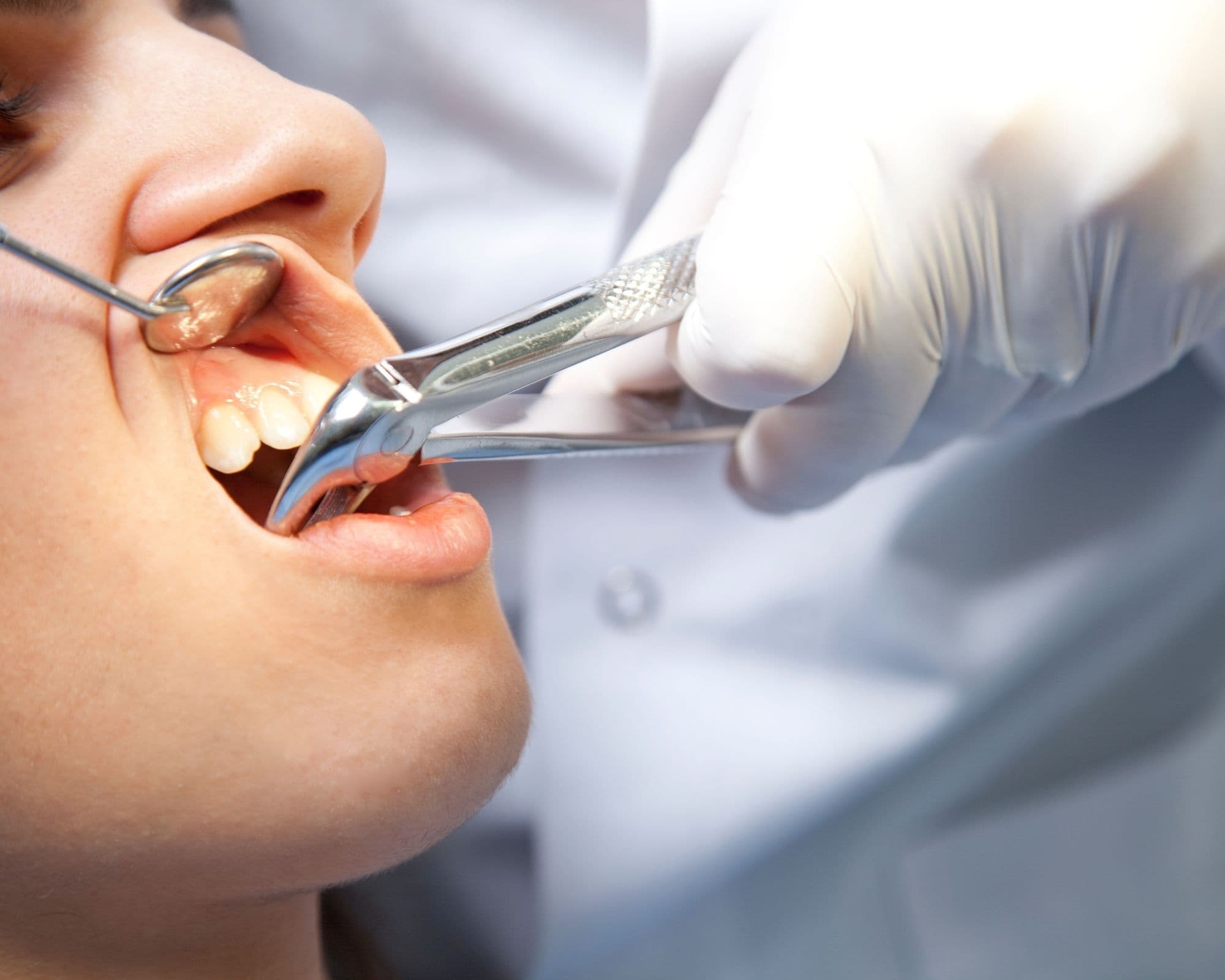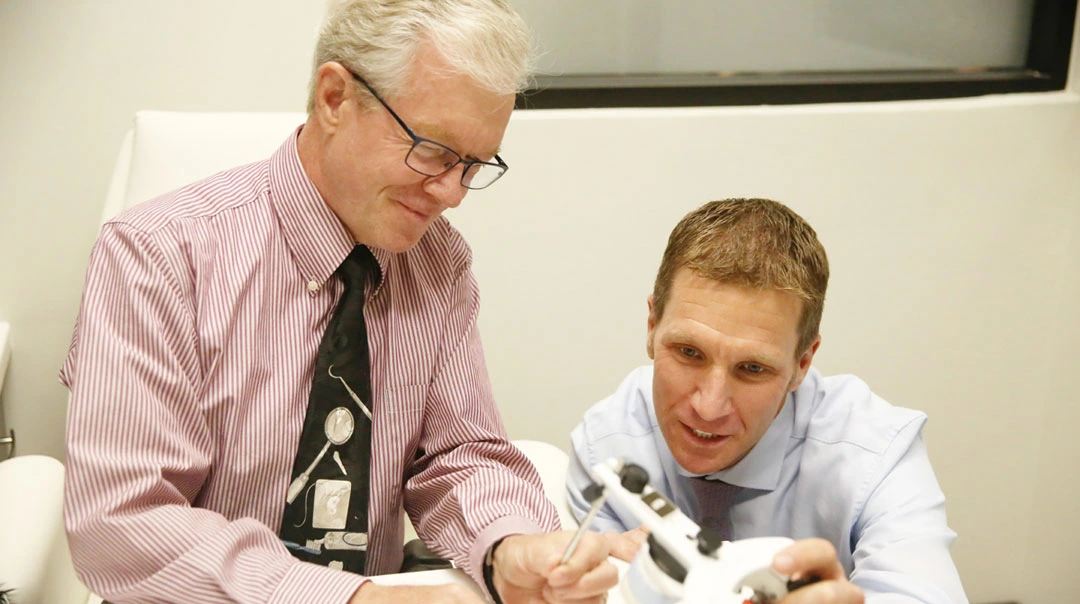
If you find yourself needing a tooth extraction, it’s very normal to initially experience feelings of nervousness. While a tooth extraction can feel like an extensive procedure, it is actually a common procedure in the dental office. Knowledge can be powerful in that understanding extractions may help put your nerves at ease. Keep reading to learn why extractions are sometimes needed and what the procedure involves.
When Are Tooth Extractions Needed?
Many things can be done to fix or repair a tooth. Sometimes the damage has progressed too far to be fixed or repaired. In these situations, tooth extraction is needed. Here are some instances when a tooth may need an extraction:
- Decay has spread too deep into the tooth
- Trauma or injury to the tooth
- Infection that has not responded well to other treatment
- Crowded teeth in a small jaw
- Stubborn baby teeth that aren’t exfoliating on their own
- Wisdom teeth (3rd molars) removal
Before Extraction
Your dentist will review your medical and dental history to ensure you are a good candidate for receiving a dental extraction. Your dentist will want up-to-date x-rays of this tooth so that they can see what is going on beneath the surface before extraction. Knowing the tooth’s shape, how many roots, and the shape of the roots can help a dentist determine the best way to extract this tooth.
Types of Extractions
There are two types of extractions.
- Simple extraction: A simple extraction involves the removal of a tooth that can be seen in your mouth. General dentists can typically perform simple extractions.
- Surgical extraction: A surgical extraction requires that an incision is made in your tissue to expose and remove the tooth. Unlike a simple extraction, a surgical extraction involves a tooth that has broken off at the gum line or has not erupted into the mouth. An oral surgeon usually performs surgical extractions; however, they can also be performed by a general dentist.
Extraction Procedure
The extraction procedure is usually pretty quick. This often depends on the extent of the process involved and your preference. Your dentist will numb the tooth site, and sometimes nitrous oxide or general anesthesia is used.
Once numb, your dentist will use a forceps or an elevator tool to apply pressure to your exposed tooth. If your tooth is impacted, your dentist will first cut a slit in your gum tissue above the tooth and remove bone to expose your tooth. Using a back and forth motion, your dentist will apply pressure to your tooth, which will loosen up the tooth in the socket. Eventually, the tooth will be loose enough for your dentist to remove it with his forceps.
Sometimes teeth are removed in pieces, and other times they come out as a whole tooth. You may feel some pressure during extraction, but overall you should be comfortable as the extraction area has been numbed for the procedure.
Post Extraction
After the extraction, the most important thing is that infection is prevented so proper healing can occur. A blood clot will form at the extraction site, and your dentist will likely have you bite down on a piece of gauze to help stop bleeding. Sometimes stitches are needed, but this seems more common with impacted teeth that are extracted.
The best way to prevent infection is by following your dentist’s post-op instructions. Keeping the surgery site clean is very important for healing. For at least 24 hours following extraction, you will want to refrain from smoking, swishing vigorously, or brushing your teeth next to the extraction site.
While our goal is for you to have healthy teeth, sometimes an extraction is a step that is needed to get you back to health. When it comes to having a beneficial extraction, the best success comes from following your dentist’s post-op instructions..



Leave a Reply